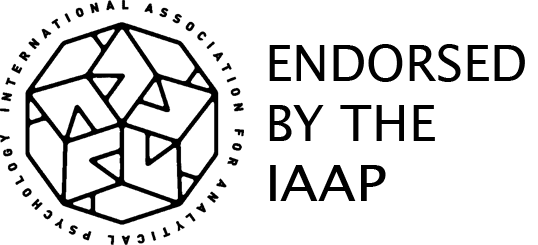Week 1 –How Do We Know Which Ambitions and Goals are “True” and which ones are “False”?
In a true ambition, something feels intensely alive and wants to be made real, to be born. We’ll explore Jung’s idea of the Self as a guiding center, and discuss the signs that goal-oriented behavior and attitudes have the backing and support from the energy and the positive dimensions of the unconscious. We will also explore the nature of misleading, false, and dead-end ambitions, and how and why they emerge.
Week 2 – How Do We Make Peace with the Parts of Ourselves That Give Us Trouble?
Shame, anger, envy, hatred, frustration, procrastination, discouragement, helplessness, need—the root causes and sources of these difficult parts of ourselves are usually waiting, impatiently and with painful symptoms, to be brought across from the unconscious into our daily awareness. Jung invites us to relate to these parts of ourselves with curiosity and courage, and to uncover the “golden core” of that which gives us trouble. We will take a compassionate but realistic approach to meeting the disowned and unowned parts of ourselves. In particular, we will focus on how and where those unaccepted parts of ourselves carry “hidden potential.”
Week 3 – Why Do I Keep Repeating This Pattern?
In love and in relationships of all kinds, we can get caught in the same fight with the same partner, or the same fight but with a different partner. At work, if our career energies are stuck and locked away within, a new job and the old job are both not what we need. In these dimensions, we often live in what Freud called “repetition compulsion.” Jung builds on this idea when he says, “Until you make the unconscious conscious, it will direct your life and you will call it fate.” Jung’s understanding of the binding nature of personal and familial entanglements helps us understand how this dimension of the psyche makes its appearance in an often deeply troubling way in the outer world. We will look at how negative patterns are depicted in dramatic form by images from the unconscious, and how these images suggest how the trapped energy can be released. We will also discuss the nature of the “baseline” quality of how we experience ourselves, and whether this, too, is a pattern that asks to be identified and transformed.
Week 4 – What Do I Do with My Fear and Anxiety?
Fear is, of course, double-sided: essential and protective, and also destructive by blocking growth and freedom. “Where your fear is, there is your task,” says Jung. Is that also true for Anxiety? We will explore the ways we can differentiate the emotional experience of paralyzing fears and anxieties on the one hand, from their potentially helpful and guiding dimensions on the other. We will look at specific images (examples: the fear of losing one’s money, the fear of becoming a bag lady, the fear of being vulnerable to others, etc.). Our focus will be on how the very precise and specific details of our images of our fear and anxiety tell us what to act upon.
Week 5 – What Is the Role of Suffering in My Life? And What is the Role of Healing?
What is the difference between “real” suffering and “neurotic” suffering? Is there such a thing as suffering consciously? In fact, can there be anything transformative about suffering? It’s true that certain kinds of pain can carry something deeply meaningful; Jung says this dimension of suffering is sacred—what does he mean by that? In this last session, we will explore how we integrate these questions into our lives as a whole. We will discuss how we can take ourselves, our life history, and our suffering, learning, joy, and meaning together in one view of ourselves, and how we can satisfy this need as well.




